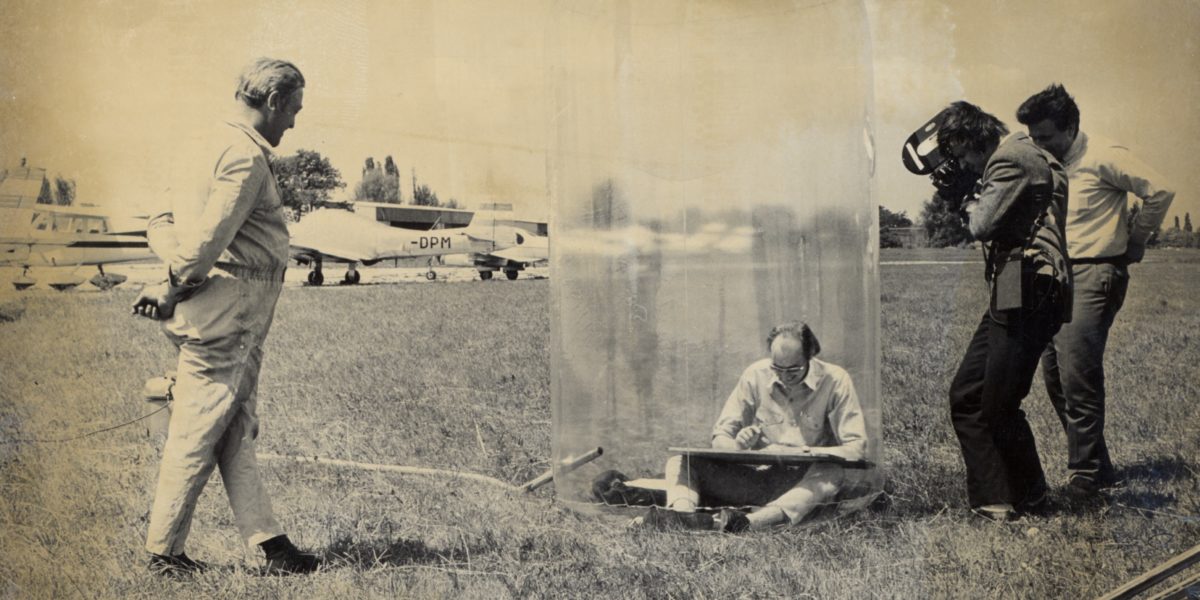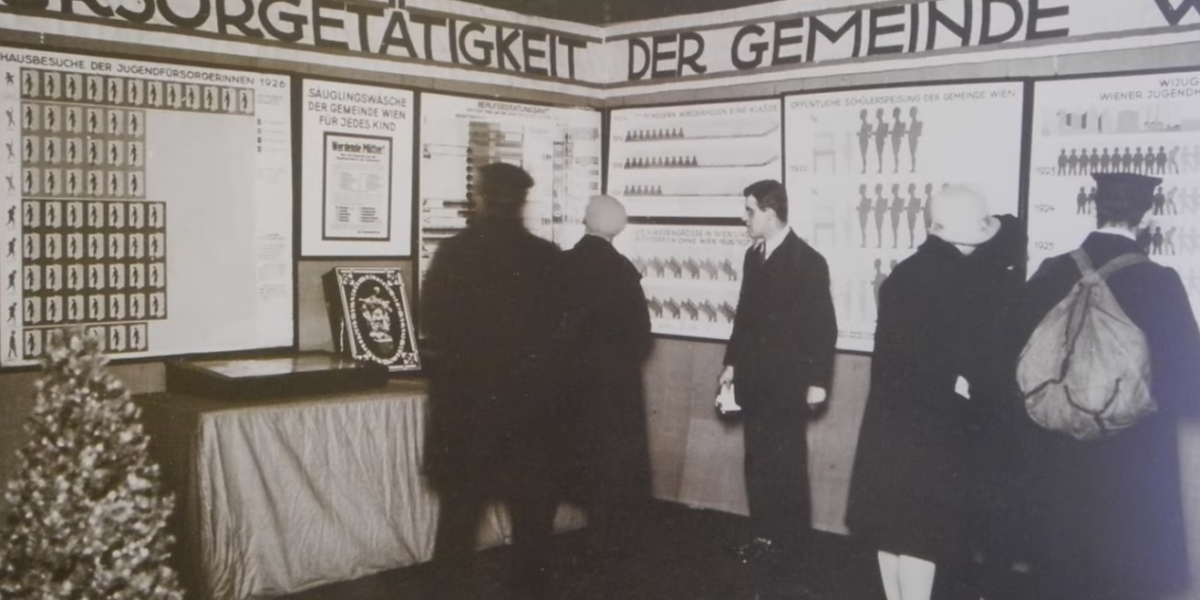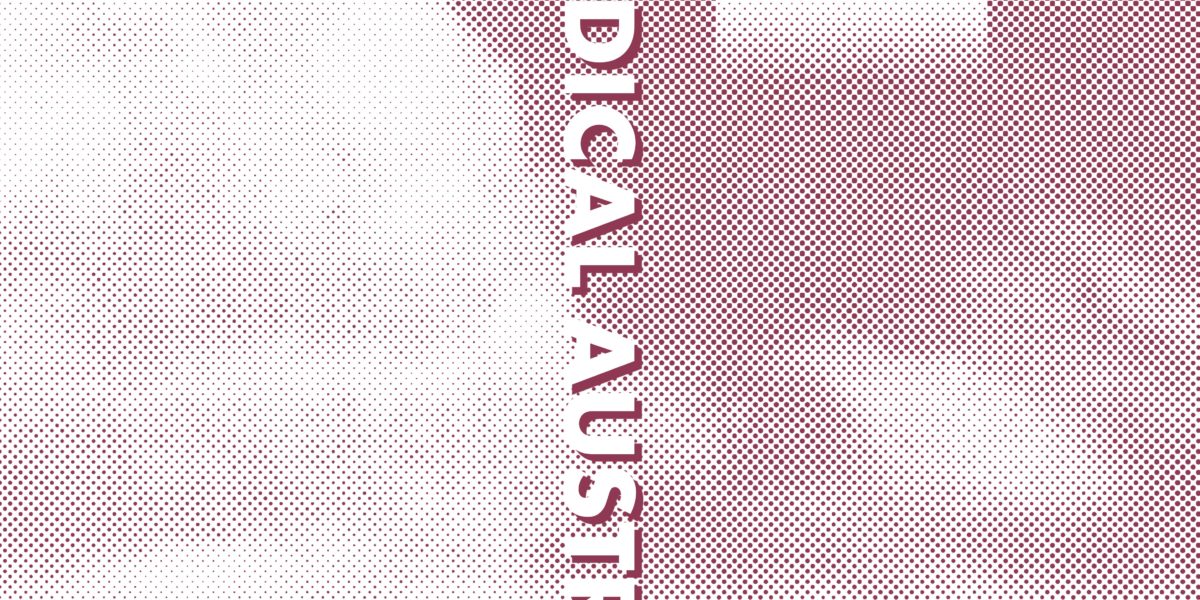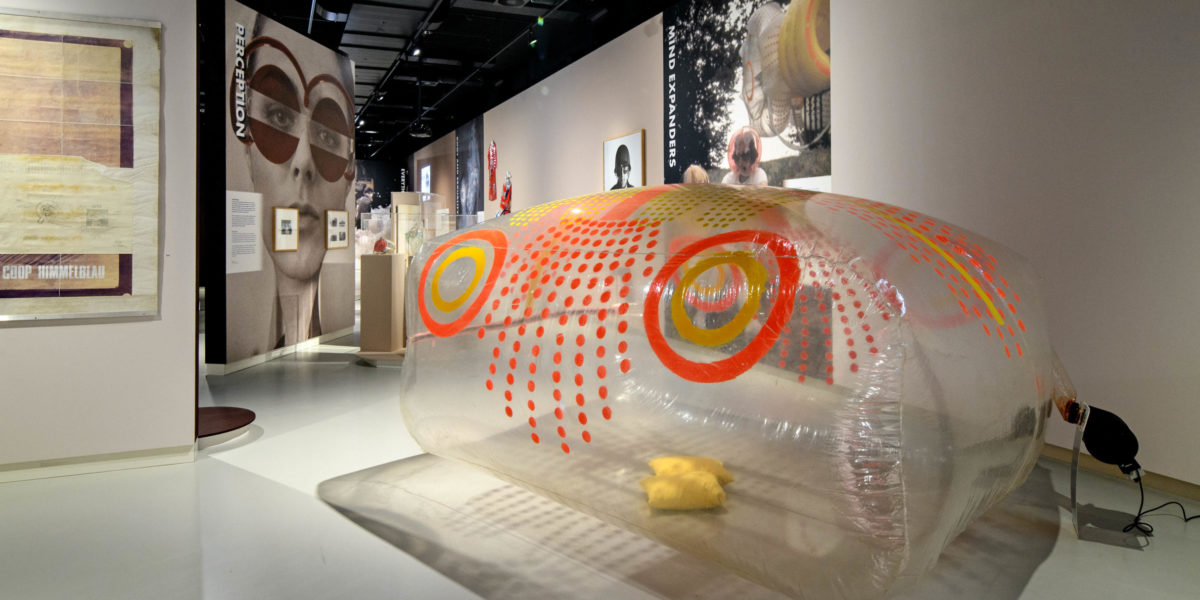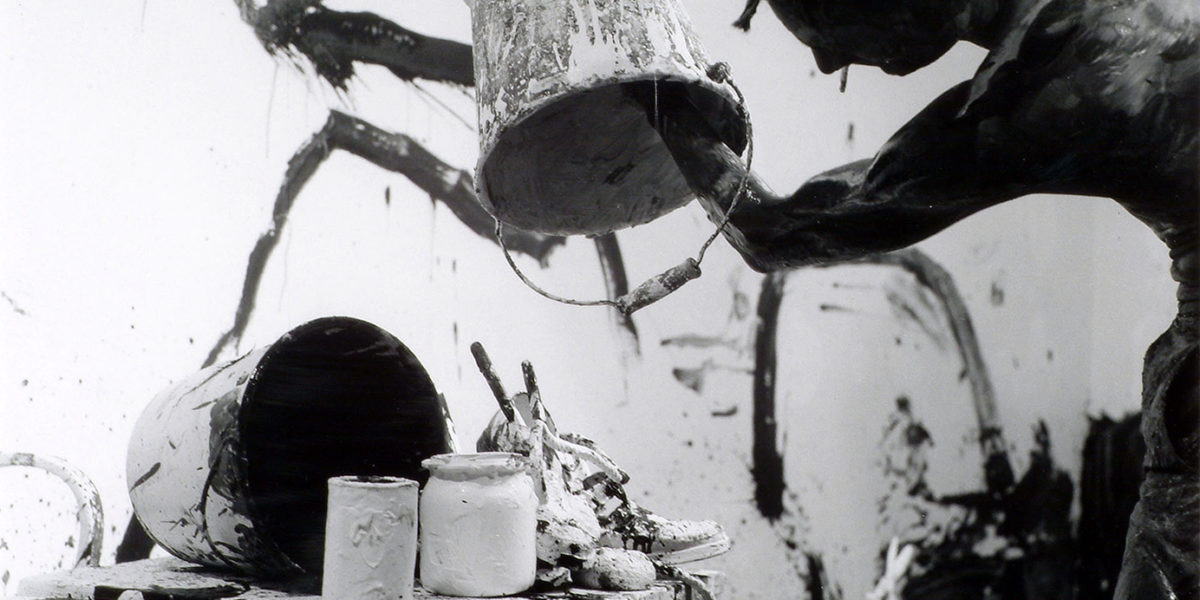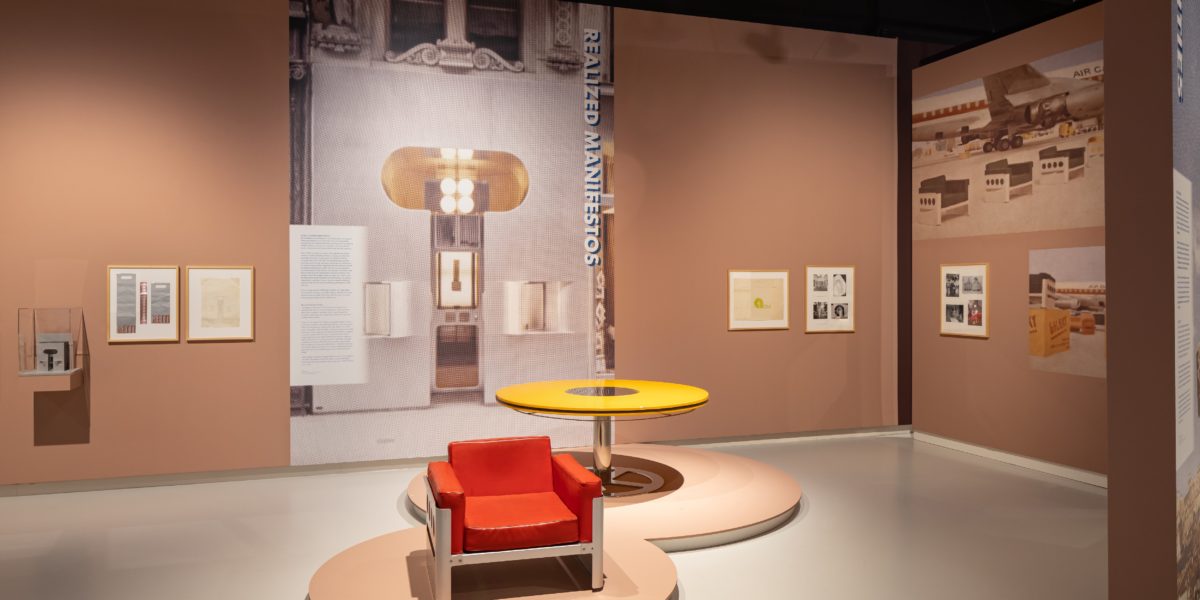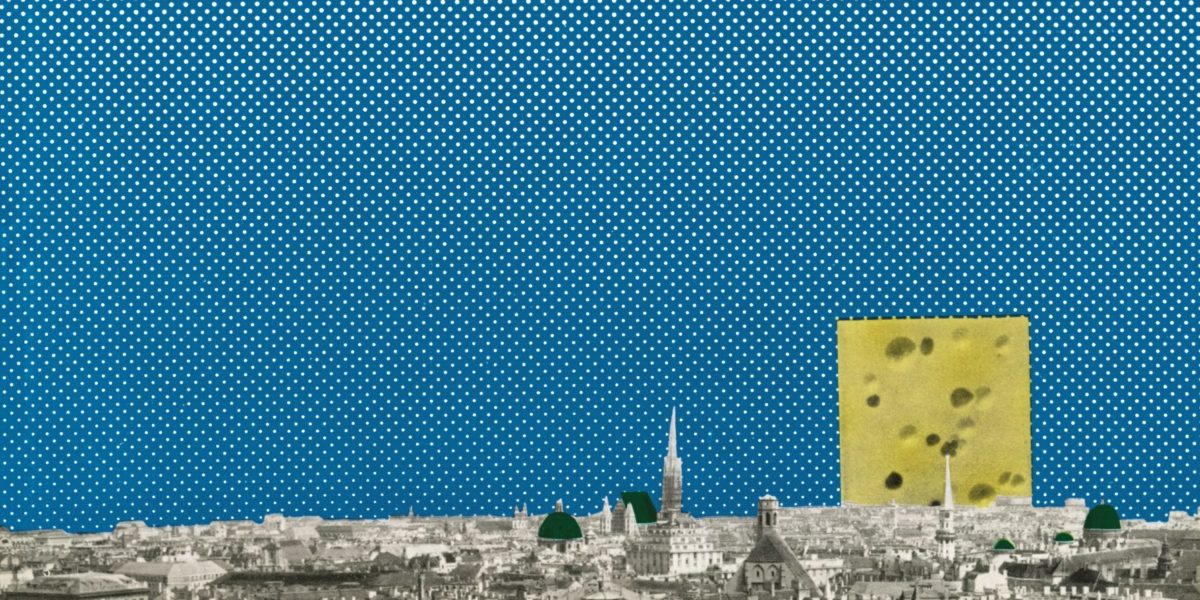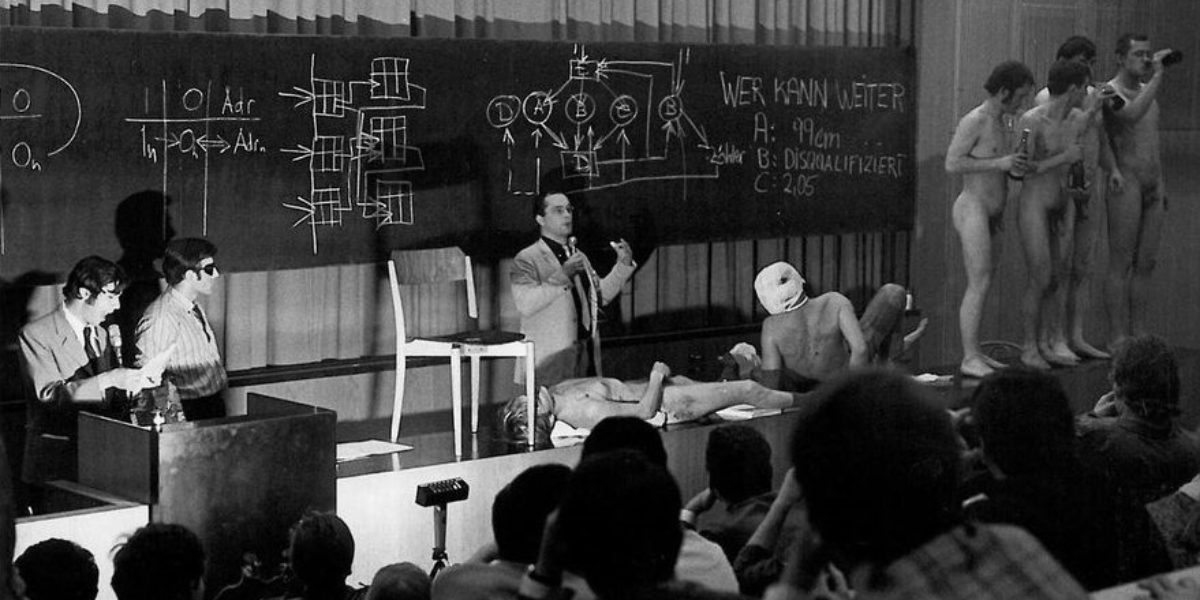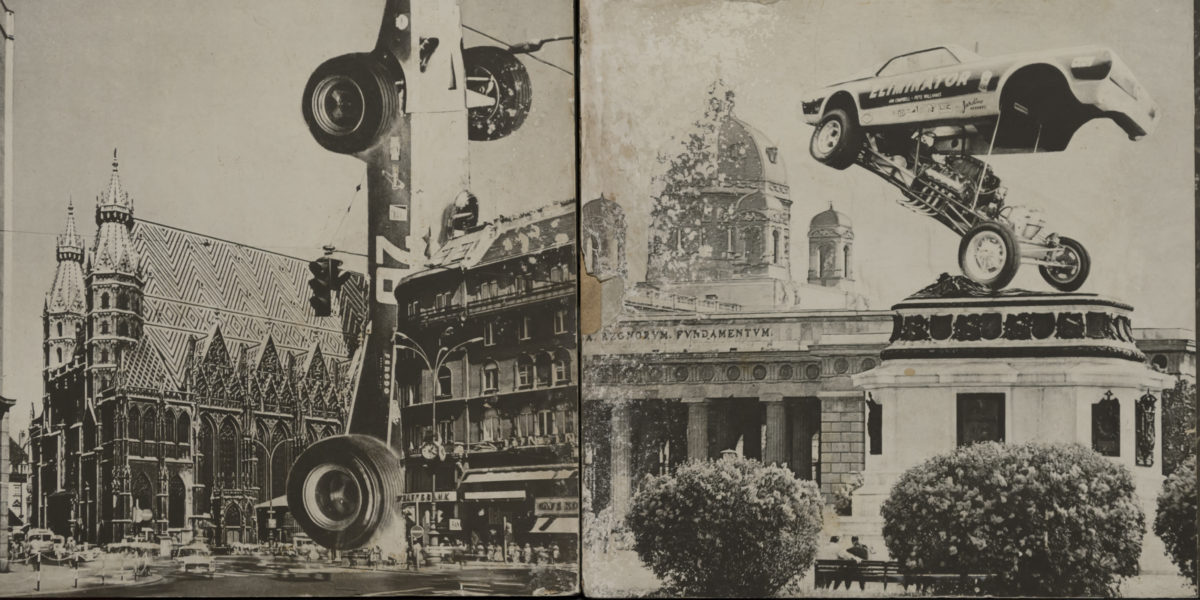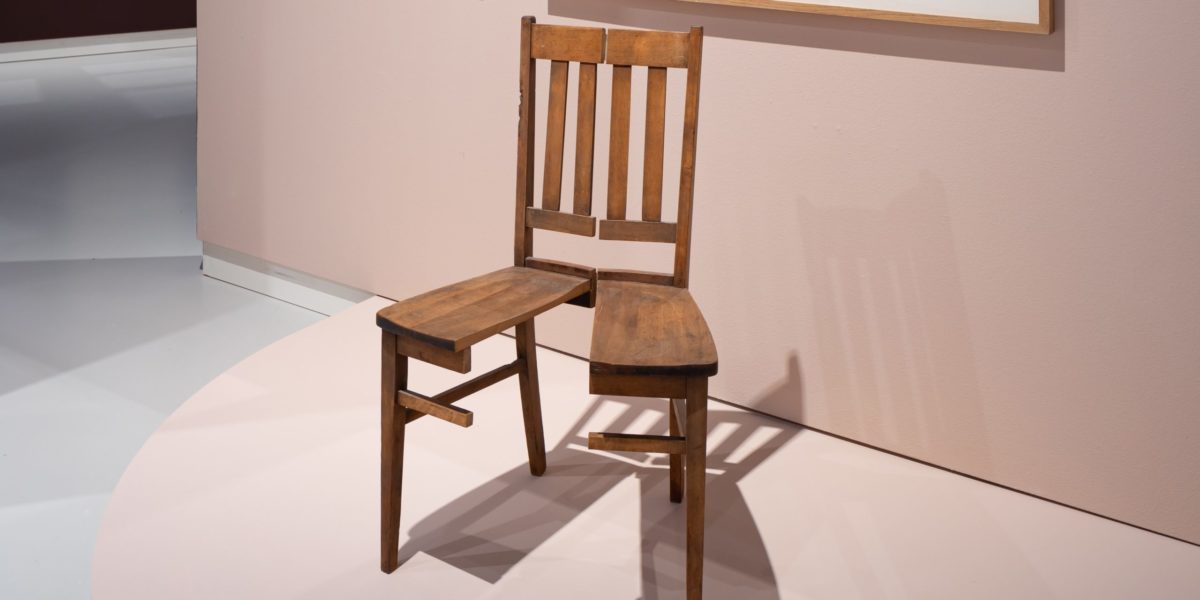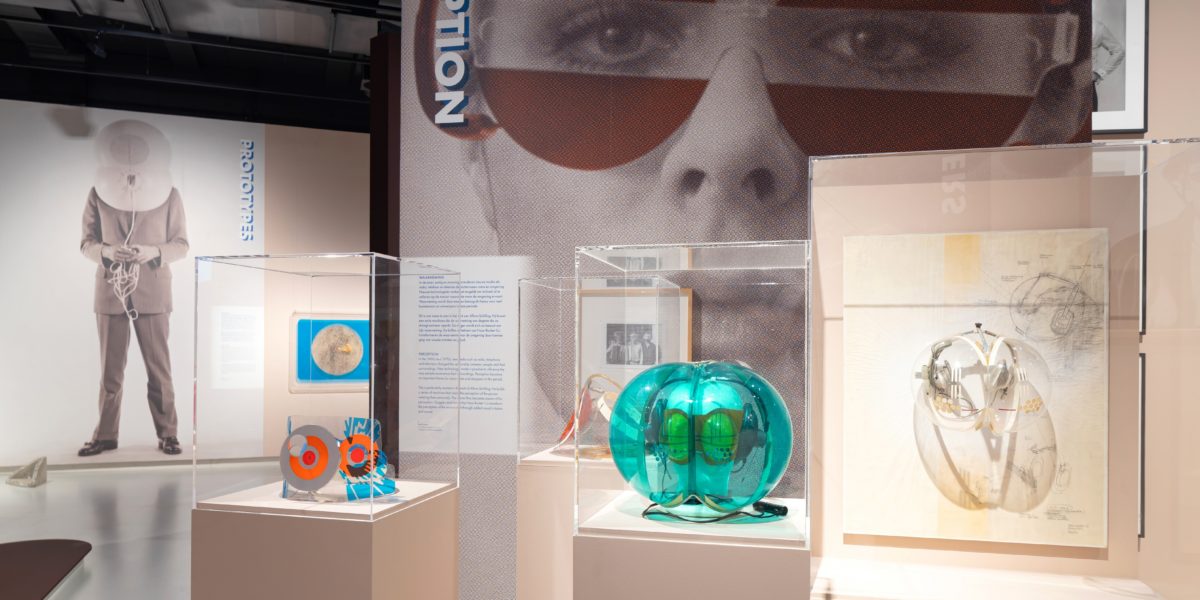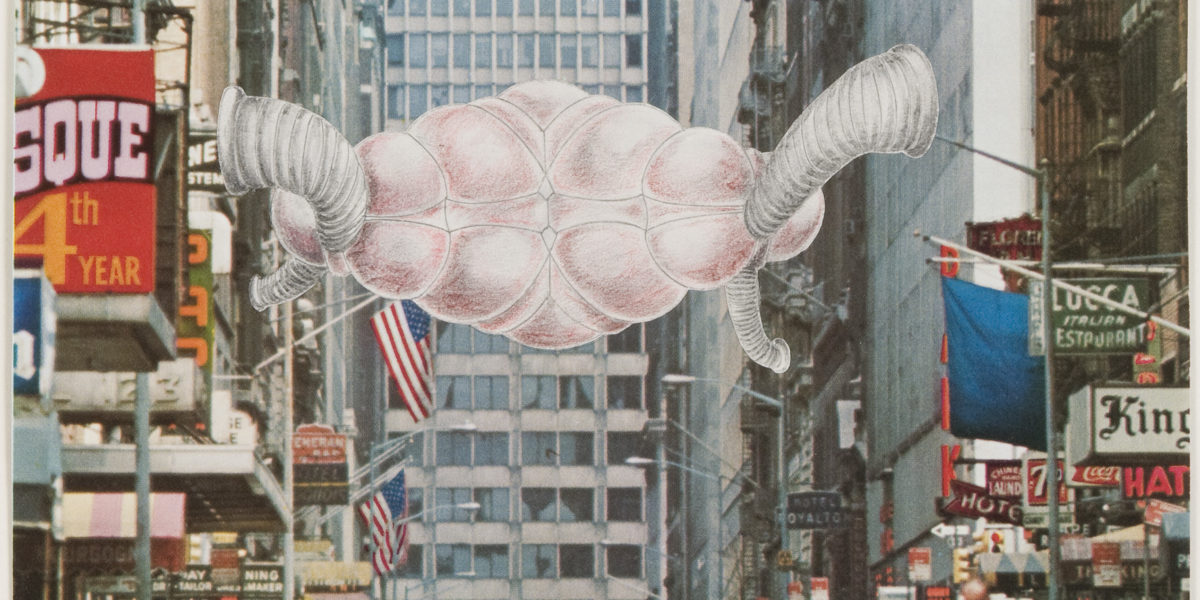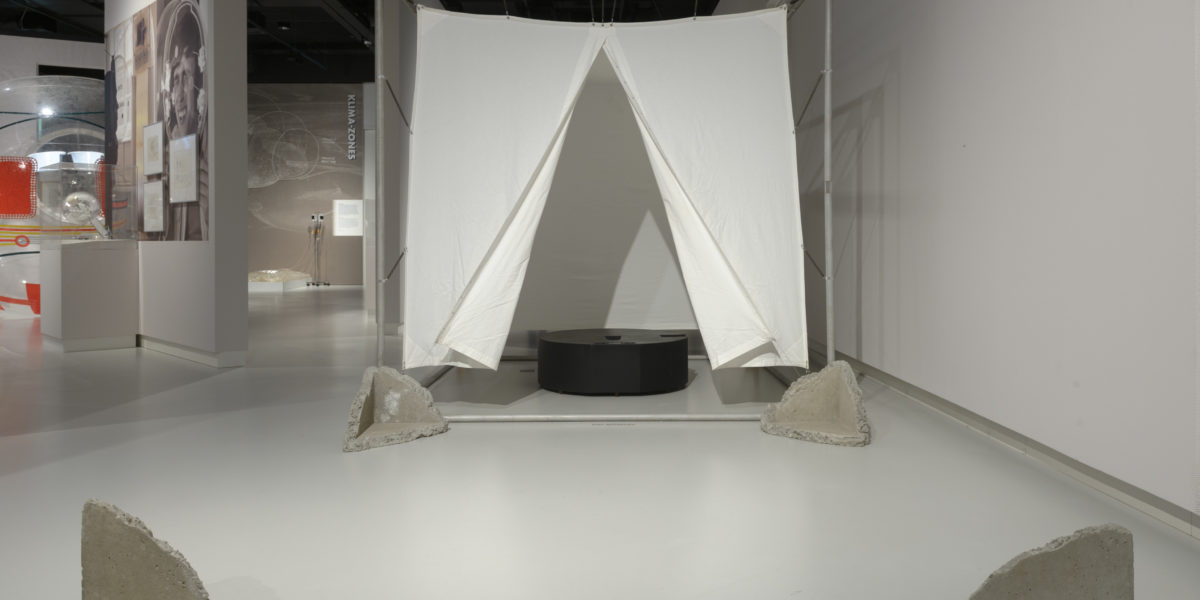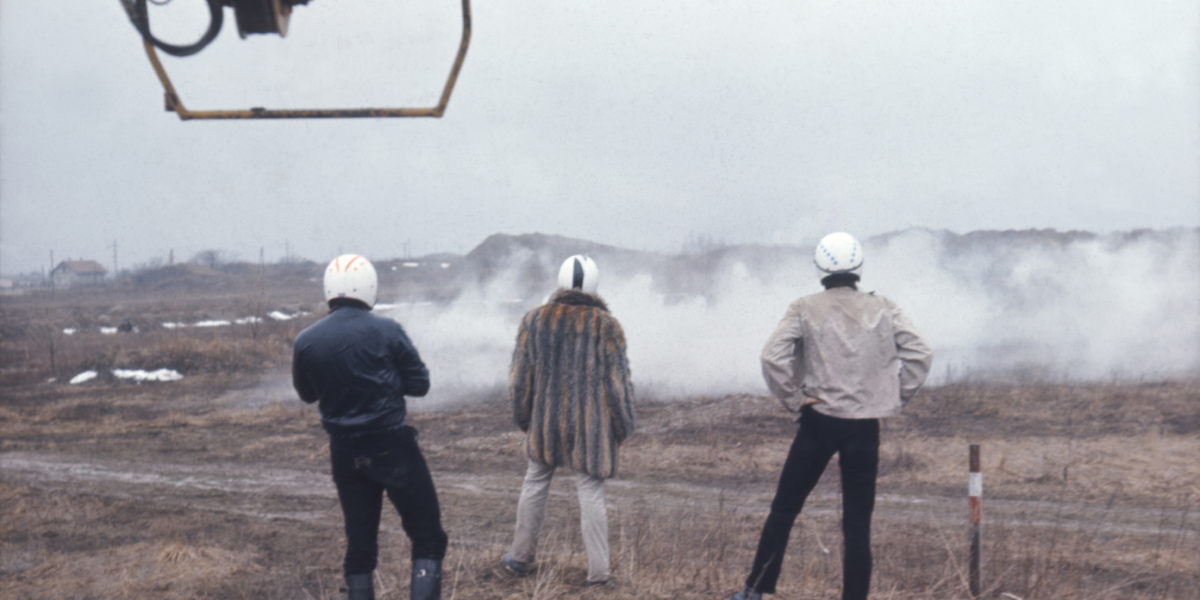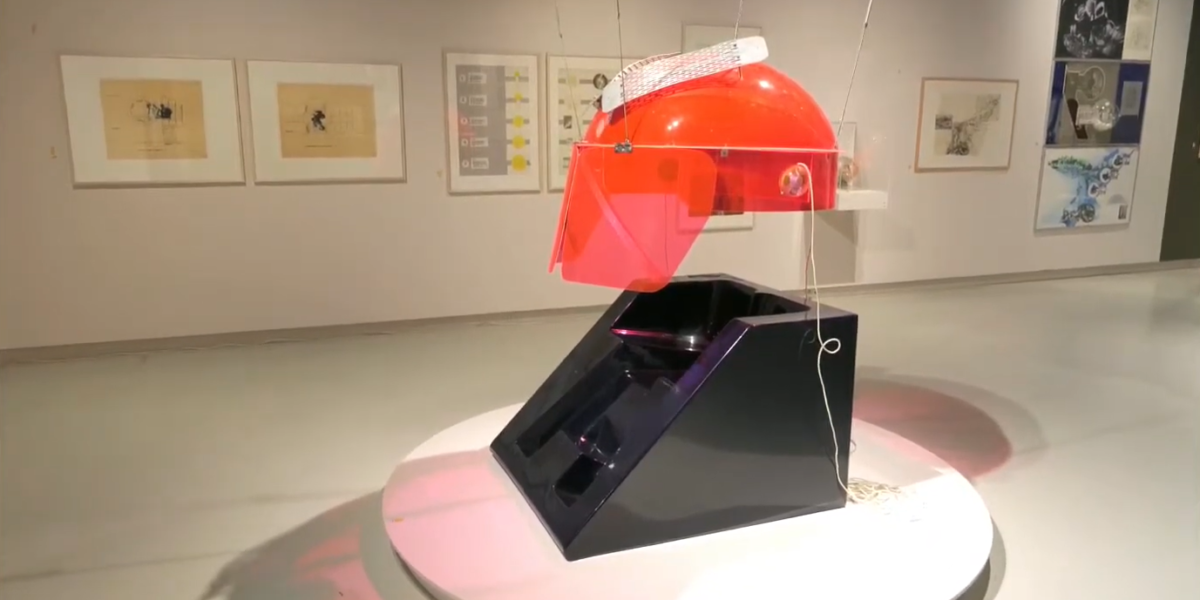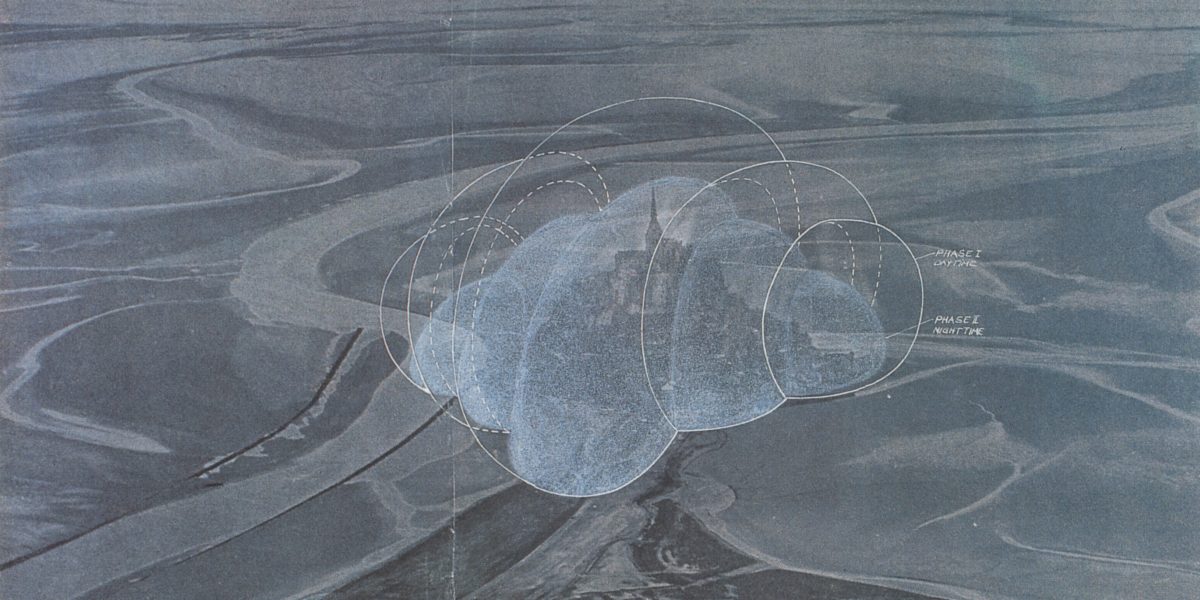This text by Bart Lootsma was originally published in the accompanying catalog of the exhibition. You can find the full catalog here.
The need for radical change manifested itself in post-war Austrian architecture in a series of megalomaniac urban designs. These projects are connected by an obsession with technology and infrastructure and the urge to create completely new ways of living together. The stage was set by Hans Hollein and Walter Pichler with the exhibition Architektur which they arranged in 1963 in the Galerie nächst St. Stephan in Vienna.

Hans Hollein, Überbauung Wien, 1960. Collection Centre National d’Art et de Culture Georges Pompidou, Paris. Courtesy private archive Hans Hollein.
The practical purpose of these projects is initially unclear. In the manifesto accompanying Absolute Architektur, Hollein stresses that architecture can imbue everyday actions with a spiritual value, turning them into rituals. He labels this cultic architecture. Hollein’s aim is not a classic beauty, but a sensual and violent one.
Pichler views architecture as an expression of power in which people are forced to live conforming to his social vision. Early designs by Raimund Abraham and Laurids Ortner depict the city as an enormous machine inhabited by people dressed in space suits. Günther Feuerstein presents his designs for city centers as timeless archetypes.
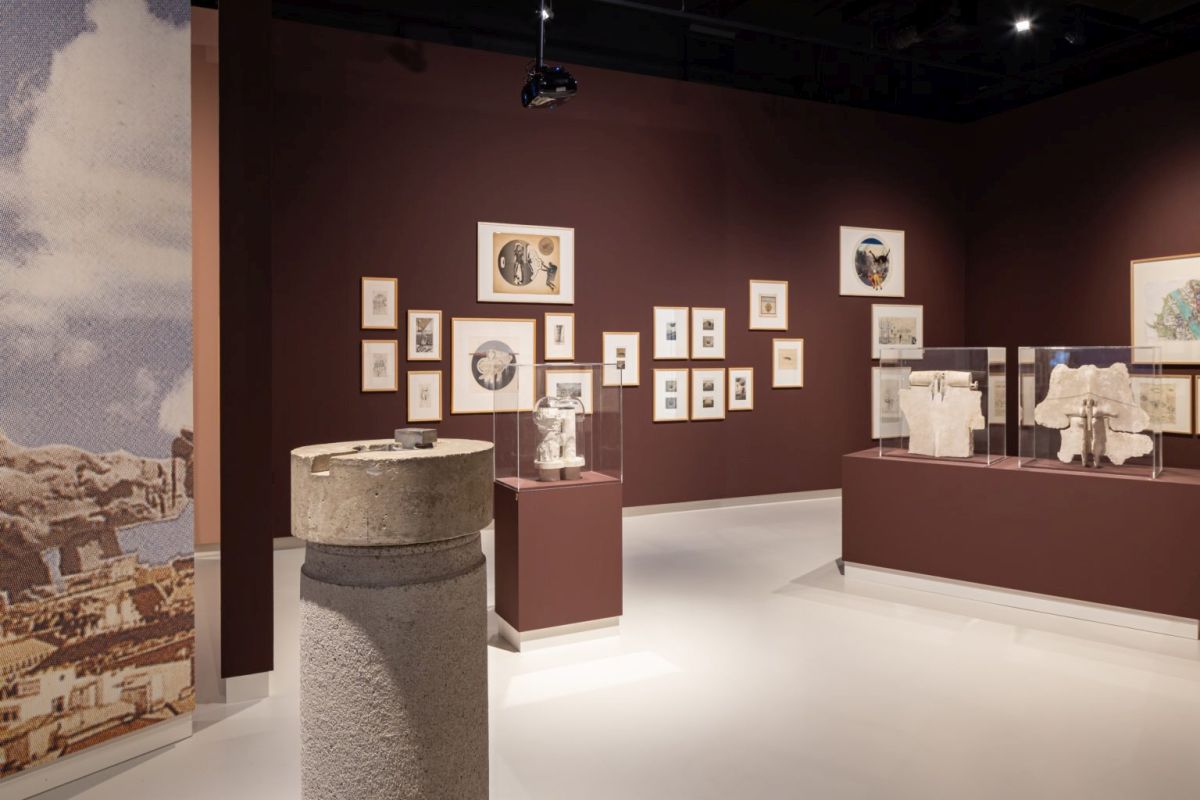
From l-r: Walter Pichler, Unterirdisches Gebäude mit ausfahrbarem Kern, 1963. Collection Tiroler Landesmuseum, Innsbruck / Compact City, 1964 / Sakrales Gebäude, 1962. Both Collection FRAC Centre, Orléans / Schmetterling, 1962. Estate Walter Pichler, courtesy Gallery Elisabeth & Klaus Thoman, Innsbruck/Vienna. Photo: Peter Tijhuis, Design Museum Den Bosch.
